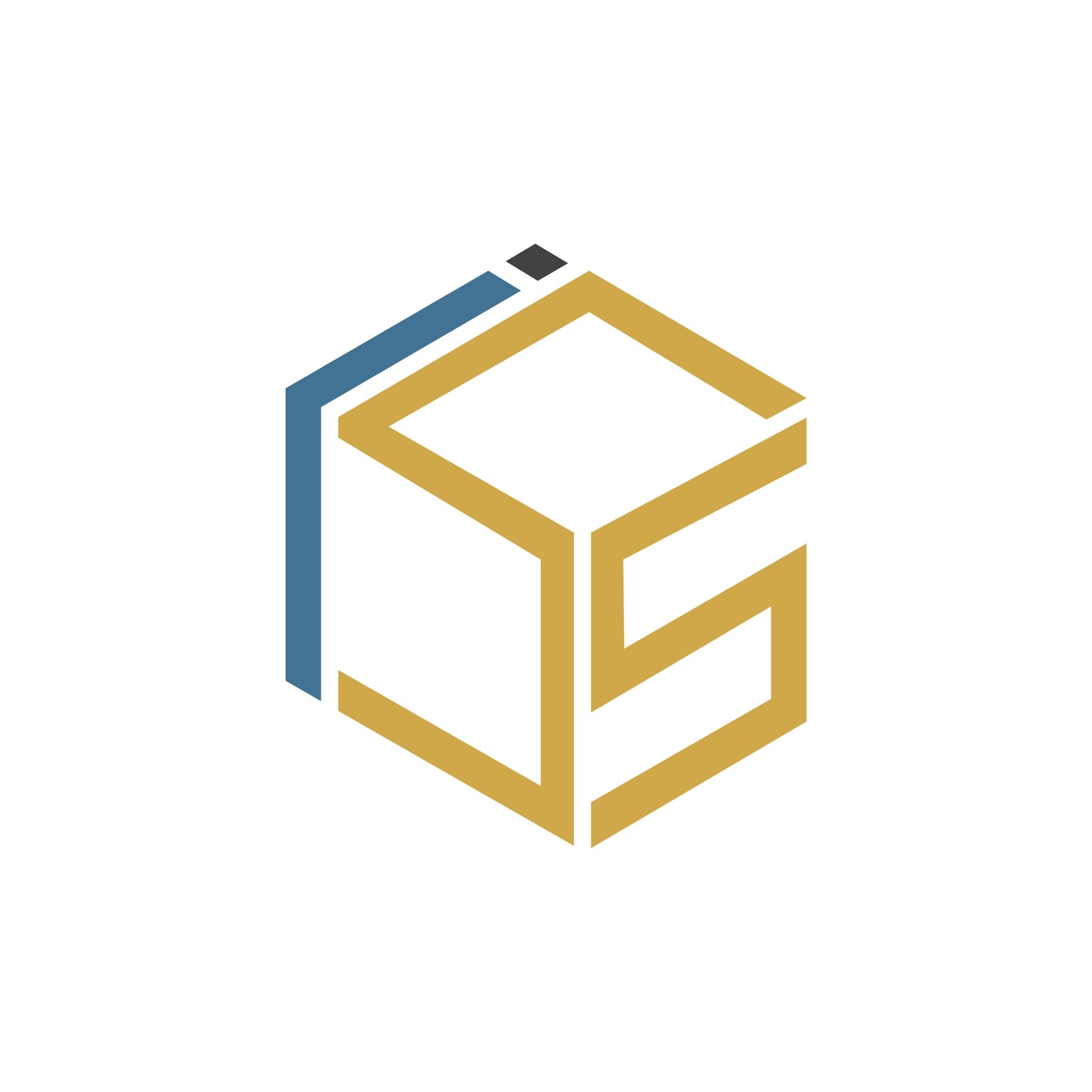
In the dynamic landscape of information technology, managing and securing IT infrastructures pose significant challenges for businesses. Companies often grapple with diverse security architectures and an abundance of point solutions, leading to complex management and an overload of alerts. This is where the concept of a security fabric comes into play. As an integrated approach to cybersecurity, a security fabric simplifies these complexities and streamlines management, making it an essential tool in today’s cyber-threat landscape.
Common Challenges in IT Management and Security
Your company, no doubt, juggles a diverse range of security architectures. Each of these solutions has a unique function, but having so many can be tricky. According to a report by Security Magazine, 78% of businesses have over 50 different security solutions deployed. They often operate in silos, leaving you with the challenging task of monitoring and managing each one individually. This lack of integration can result in operational shortcomings, missed threats, and an overall deterioration in your security posture.
Furthermore, the sheer volume of security alerts can be overwhelming. Each solution generates its own alerts, leading to a situation known as alert overload. This barrage of notifications increases the likelihood of missing critical alerts. It leads to ‘alert fatigue,’ where you or your team may begin to ignore alerts due to their sheer quantity.
To mitigate these challenges, your organization must adopt a more integrated approach to security management. This can include streamlining security systems, enhancing cross-team communication, and establishing a central alert system. These integrations can help improve threat detection, reduce alert overload and strengthen your overall security.
What is a Security Fabric?
A security fabric is an innovative approach to cybersecurity, integrating various technologies into a unified system. It’s designed to offer comprehensive protection for an organization’s digital infrastructure. The fabric links several security elements, such as firewalls and antivirus software. This integration eliminates potential blind spots in the system, enhancing the efficiency of threat detection and response.
The beauty of a security fabric lies in its ability to simplify complex security systems into an easy-to-manage framework. It allows security teams to have a holistic view of their security landscape, providing an unprecedented level of visibility and control. More than just facilitating swift responses to threats, it significantly boosts an organization’s cyber resilience. By weaving together disparate security tools into a cohesive fabric, organizations can streamline their security operations and enhance their overall cybersecurity posture.
Here are some other benefits of using security fabrics:
- Streamlined Operations: Security fabrics can significantly streamline operations by integrating disparate security technologies into a single system. This unified approach eliminates the need for manual coordination, reducing operational complexity and overhead.
- Enhanced Visibility: By integrating all security elements, a security fabric provides comprehensive visibility into the entire network. This holistic view helps identify potential vulnerabilities and risks, enabling proactive threat mitigation.
- Improved Efficiency: Security fabrics boost efficiency by automating threat detection and response processes. This can significantly reduce the time to respond to threats, minimizing potential damage.
- Reduced Costs: By simplifying the security system, security fabrics can reduce the overall cost of cybersecurity. This includes hardware, software, and human resources savings, contributing to a more cost-effective security strategy.
- Scalability: Security fabrics allow for seamless scaling as the organization grows. The integrated approach ensures that all aspects of the security infrastructure can accommodate growth without compromising on protection.
- High Flexibility: Security fabrics are built to adapt to changing security needs. They can easily be configured to incorporate new technologies or respond to new threats, making them a versatile solution for dynamic cybersecurity landscapes.
- Increased Collaboration: Because security fabrics bring together all the elements of a security system, they facilitate greater collaboration among security teams. This can lead to more robust and effective security strategies.
- Regulatory Compliance: Security fabrics can help organizations meet regulatory compliance requirements. The unified system ensures that all security measures are aligned with regulations, reducing the risk of non-compliance penalties.
- Better ROI: With improved efficiency, reduced costs, and stronger security, security fabrics can deliver a better return on investment. They provide comprehensive protection while minimizing the resources required to maintain a secure network.
Security Fabrics Simplify Security Management
The use of a security fabric can significantly simplify your security management tasks. Integrating various security technologies reduces the overhead associated with monitoring and managing multiple point solutions. You no longer have to jump from one system to another to get a complete picture of your security landscape.
Moreover, having a unified view of your security architecture makes it easier to identify potential vulnerabilities and respond to threats. With all your security technologies working together, you can be more proactive in your security approach, reducing the chances of a security breach. Here are some tips for implementing a security fabric into your infrastructure:
- Assess Current Security Landscape: Start by understanding your current security systems, identify any gaps or overlaps, and determine what you need from a security fabric.
- Choose a Comprehensive Solution: Opt for a security fabric that integrates various security technologies – from firewall and anti-virus to intrusion detection and data encryption.
- Ensure Scalability: Your chosen security fabric should be scalable to accommodate your organization’s growing needs and changes in the digital environment.
- Invest in Training: Make sure your security teams are well-trained to manage and operate the security fabric. This will ensure maximum utilization and effective threat response.
- Promote Collaboration: Encourage information sharing and collaboration among security teams for effective threat detection and response.
- Prioritize Automation: Opt for a security fabric that provides automated threat detection and response to reduce manual intervention and improve the speed of response.
- Review and Update Regularly: Regularly review the effectiveness of your security fabric and make necessary updates to ensure it remains robust against evolving threats.
A security fabric can be a powerful tool for enhancing your IT management and security. However, it’s essential to choose the right solution for your business. Consider your specific needs, the complexity of your digital infrastructure, and your budget. With the right security fabric solution, you can simplify your security management, improve threat detection and response, and ultimately secure your business more efficiently and effectively.

Your go-to source for the latest in tech, finance, health, and entertainment, with a knack for distilling complex topics into accessible insights, We deliver timely updates on the ever-evolving landscapes of technology, finance, health, and entertainment




